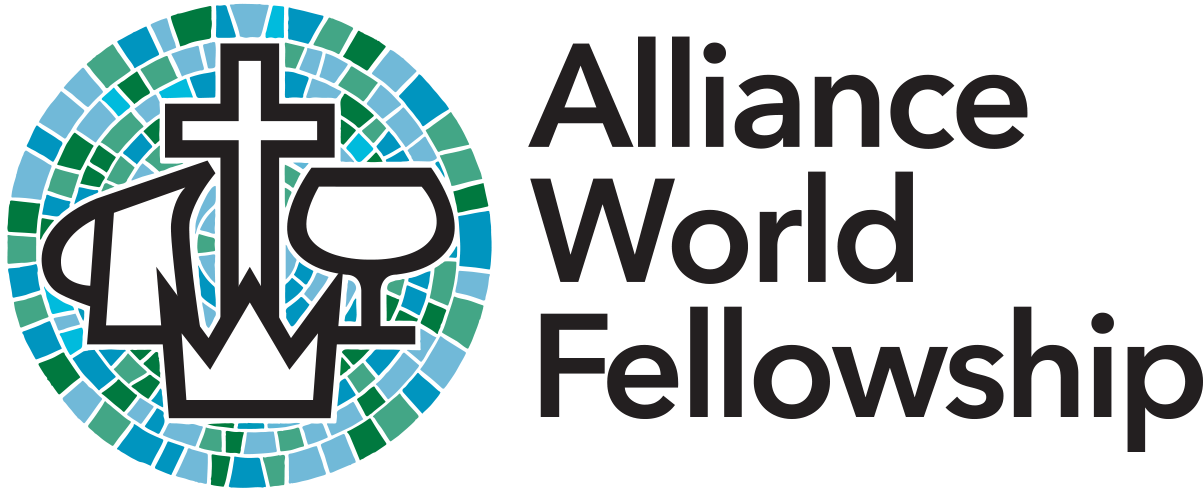Église Protestante Evangélique de Guinée (EPEG)
President: Pierre Kolier (president of transition committee)
![]() +224 629 27 36 36
+224 629 27 36 36

STATISTICS (2023)

Membership
99,656

Churches
838

Ordained Ministers
268

Missionaries
0
It was in 1917 that the authorization to evangelize Guinea was given to Mr. Loose in these terms: “you can now evangelize, but do not use force.” This agreement came after several requests for authorization rejected by the French government. The message marking the authorization was immediately sent to Dr. A. B. Simpson. The first visit to Guinea happened in 1917. The first missionaries came on foot with a group of four people carrying their luggage to the town of Faranah from Sierra Leone. It should be remembered that Faranah is the city where the source of the great river Niger is, which will then end its course in the Republic of Nigeria. The Missionaries were received at dinner by the Commanding Officer. The Commanding Officer of Faranah sent a telegram to Conakry. This telegram announced the missionary presence and their desire to continue their journey to the East. The answer did not take long to arrive and was this: “LET THEM PASS.” The Missionaries went to the east and arrived at Kouroussa. Many people came to hear the gospel.
Second visit to Guinea in 1918.
The missionary team went on foot from there to Mamou 243 km away, where they took the train to Conakry. The Government of M. Poiret ended by signing the papers for the installation of the C&MA. Mission in Guinea.
Third visit still in 1918.
The first mission stations were rented houses. Every evening the gospel was preached.
Fourth visit to Guinea in 1919.
Mr. Roseberry and Mr. Lergan opened the Bare mission station on route to Bamako (Republic of Mali). The village of Baro is at the mouth of the Niandan and Niger rivers, and was perfect for setting up the first station for missionary surveillance work.
The missionary post of Kankan was opened in 1922.
This new center met the infrastructure needs. The first missionary conference was held at Baro in 1926 and the second conference was held in Kankan. There were not many converts, but all the same there were some like MoriLaye, Pierre Keita, Diansibari Conde of Baranama, N’na Dyaka, Mariama Kankan, Rachel, Nansaba, etc.
The missionary post of Siguiri was opened in 1923 en route to Timbuktu.
The missionary post at Labé was opened in 1923 by the missionary Watkins. He remained there from 1923 to 1967, 44 years in total. Very few Peulhs turned to Jesus Christ. But the gospel has always been announced to this day.
The missionary post of Kissidougou was installed in 1926. Then it was Yombiro, Yarankoro, Telekoro, Yendè. All these missionary posts are in Kissidougou.
The missionary post of Faranah, considered as the missionary gateway from Sierra Leone, was installed in 1927.
The missionary post of Macenta was opened in 1930. The pioneer of this work was Zoumanigui Cova.
The missionary post of Koulé was opened in 1934 by the pioneer Zoumanigui Cova and the elder Woro Soumaoro. This is where the first conference of the Church was held. Two Pastors, Paul Keita and Paul Koikoï Grovogui, were consecrated as the first Guinean Pastors.
The missionary post of N’Zérékoré was installed in 1938. Several missionaries passed through this mission station including Possiel, Kennedy, Ost Miller.
Telekoro (Biblical Institute I.B.T.) was founded in 1945.
1946: Baro becomes the girls’ school until 1966.
1953: First missionary conference at Telekoro.
1955: Return of the missionaries to Faranah.
1956: Presentation of the first consecrated pastors Paul Koïkoï Grovogui and Paul Kémo Keita.
1958: Independence of Guinea becoming a Republic. This date also corresponds to a conference in the city of Kankan with delegates from different churches to make a decision about the self-management of the Church for the next three (3) years.
1962: The Guinean Church was declared organized and intended to support itself. At its head was elected a Committee composed of: President, Vice President, Treasurer, Secretary, Three Councilors.
1964: The headquarters of the CMA Mission is transferred to Conakry. Assignment of the first Guinean Pastor to Conakry by the name of Pastor Pierre Fatewwa Oulare.
1968: Consecration of the Church of Coleah in Conakry.
1981: Arrival of the Phil African Mission (M.P.A.).
1984: Change in Guinea with the coming to power of a liberal regime. This stage consecrated the opening of the country and the arrival of new missions such as the Reformed Church, the Assemblies of God of France, the WEC, the SIM, the Pentecostal and Charismatic Churches, etc.
